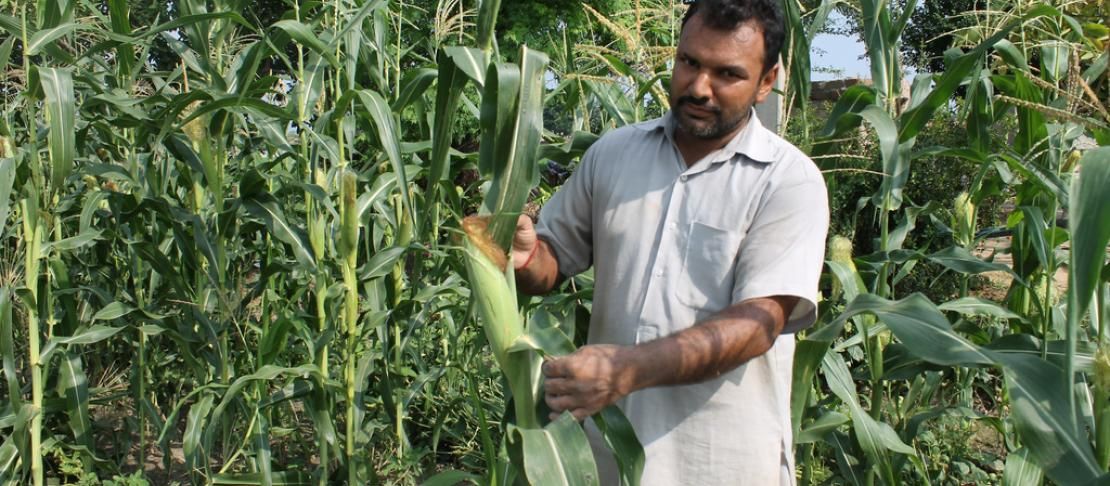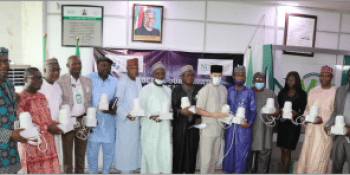Weather index insurance: new age risk management solution in South Asia

by K.N. Rao, Agriculture Insurance Company of India Limited
Weather insurance caught the imaginations of policy makers at the beginning of 21st century, and international financial institutions like the World Bank began encouraging its pilots in low income countries where traditional crop insurance could not take off.
The basic objective of ‘weather index’ insurance is to pay for crop losses arising out of adverse weather deviations by linking these adverse deviations to the likely crop losses they may have caused. Help is sought from crop modeling and statistical techniques to work out the relationships between crop output and weather parameters with reasonable accuracy.
One key advantage of weather insurance is that the payouts could be made faster, besides the fact that the insurance contract is more transparent. Since index insurance uses objective, publicly available data, it is less susceptible to moral hazard. Most importantly, there are many low income countries where no historical data whatsoever is available, except weather data, affording an opportunity to test some sort of crop insurance.
In India, weather insurance for crops was formally introduced in 2003 as a pilot, and by 2007, the government adopted it as an alternative to the existing yield index insurance. The growth has been so spectacular over the past five years that, as many as 12 million farmers growing crops on over 15 million hectares of cropped area are expected to have been insured during the 2011-12 crop year.
As many as 40 different crops are insured under weather insurance under such diverse parameters as deficit rainfall, dry-spell, excess rainfall, low temperature, high temperature, high humidity, and high wind. However, the growth has not been without shortfalls.
One of the key challenges in weather index insurance has been establishing an adequate network of weather stations to service weather insurance as a credible insurance program. It is estimated that the country needs around 8000 automatic weather stations and about 32,000 rain gauges to effectively service the index insurance, compared to the present network of just 5,000.
One important development in this context has been the interest shown by the private data providers to set-up a weather station network. There are also efforts underway to utilize technological innovations to generate weather data at the village level.
The second challenge is to design weather index for a crop in an area, given all its complexities, like crop varieties, differing planting dates and varied crop husbandry practices. Despite these challenges the potential for weather insurance seems immense.
More information
Related story: India to Triple Number of Farmers Using Mobile Phones to Get Weather and Market Data
Read more about Climate Change, Agriculture and Food Security work in South Asia.
This blog post was written by K.N. Rao, Agriculture Insurance Company of India Limited. To get more updates on our research in South Asia, follow us on Facebook and Twitter @Cgiarclimate.


